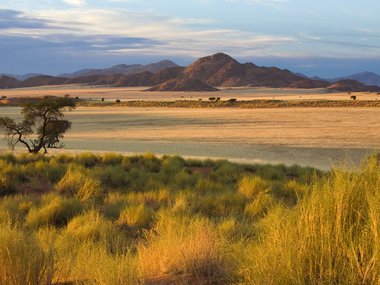Question Your World: What Were the Big Science Stories of 2019?
Every year the globe celebrates one holiday together, New Years Day! Our human family of 7.5 billion people celebrate the strike of midnight, and all of Earth ushers in a brand new year of possibilities. As always we look forward to seeing what science stories will shape our lives in 2020. Before all the science stories of 2020 begin to roll, let’s take a moment to acknowledge some of the big science stories from last year that humanity can now build on in the new year. What were the big science stories of 2019?
Every year our human family continues to build on the knowledge we’ve gained from previous years. These incremental additions to knowledge have helped us do some pretty remarkable things over time. We’ve used our growing knowledge base to put humans on the moon, found ways to help us live more healthy lives, gained a better perspective on our relationship to the natural world, and we’ve even put satellites in orbit to provide TV, GPS, and the internet. That’s just the tip of the iceberg for the many things that our growing knowledge base has brought to our human family, 2019 being no exception.
In 2019 we had some big moments in science that made headlines around the world, changed the way we’ll live, and even helped us better understand our own past. From space to climate to neuroscience and beyond, scientists had a pretty busy year.
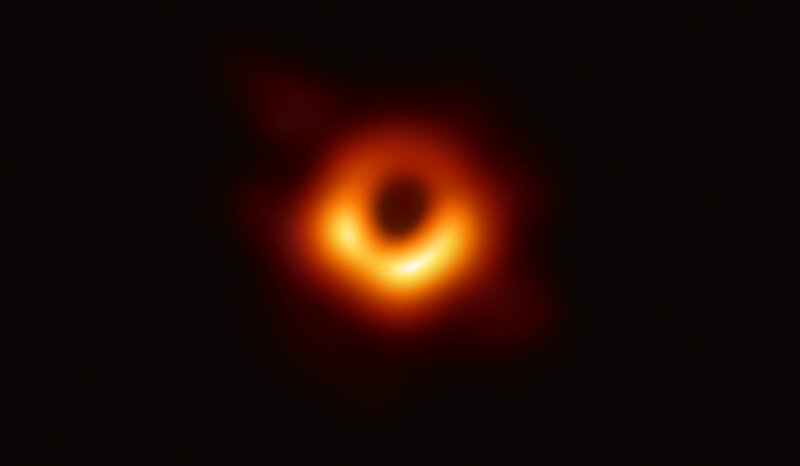
Image credit: NASA
BLACK HOLE PHOTO:
The planet celebrated a huge scientific accomplishment in 2019 when scientists were able to share its first photo of a black hole! This is a pretty huge project that spanned years, involved thousands of bright thinkers, and over 800 computers! The Event Horizons Telescope, a global network of radio telescopes, was used by astronomers to peer out into the vastness of the cosmos and focus on a super massive black hole in the distant M87 galaxy. Black holes are so dense and have such a strong gravitational field that anything that falls in can never escape, even light!
Observations for this project stopped in 2017, but it took a while to get all the data from the various telescopes sorted out. The South Pole Observatory in Antarctica was closed from April through October of 2017 due to the dangerous and extreme cold of the Antarctic winter. In December of 2017 when conditions were a bit more manageable, scientists were able to acquire the South Pole Telescope’s data and the black hole image processing work could continue. This is another great example of how, when the world works together, we can accomplish some pretty remarkable achievements.

Image Credit: Prabir Mehta
WHERE’S THE BEEF?
Land use studies in South America attribute nearly 80% of the deforestation in the Amazon region to large scale industrial cattle ranches. Our growing planet’s desire for beef only compounds existing issues regarding rainforest degradation, public health, economic impacts and cultural impacts of the cattle farming industry.
While all these issues continue to escalate, the solution to these problems seems…beyond-impossible. That’s exactly what some food scientists are banking on, actually. Food scientists at meat alternative companies like Beyond Meat and Impossible Foods have been busy working on genetically engineered food that even loyal meat lovers seem to be enjoying, giving hope for lowering the environmental stress that comes with large scale industrial meat raising and processing.
To replicate the taste and texture of burgers, these meat alternatives start with base protein from grains, soy, or starch...and in the case of the Impossible burger, also add a meaty flavor by extracting a compound called leghemoglobin. Leghemoglobin is produced by a modified yeast that mimics the actual blood proteins in real meat. These plant-based, lab-grown burgers not only claim to taste like the real deal, but they're also touted as requiring about 75% less water and 95% less land to produce. Bonus points, this production process also emits nearly 87% less heat-trapping gases than traditional meat production - which is good, since heat-trapping gases are the primary reason climate change is happening in the present day.
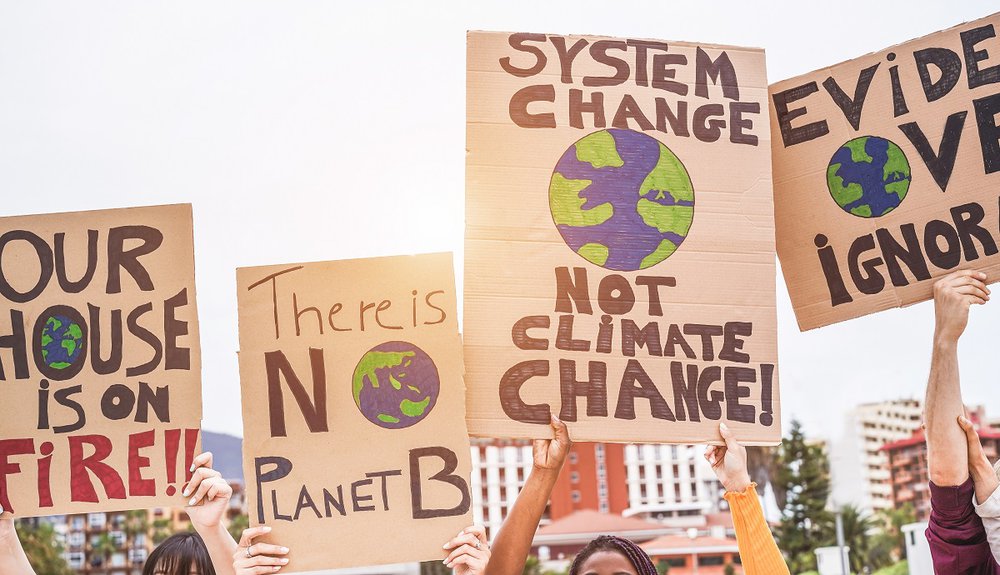
Image Credit: Getty Images
RENEWABLES BY 2050 OR BUST!
Governor Northam recently announced a goal that lines up with what climate experts have been encouraging. The Governor’s goal is to get Virginia’s electrical infrastructure to go 100% renewable - meaning fossil-fuel free - by the year 2050. Currently only 7% of our electricity comes from renewable sources which means we’ve got a whole 93% to go to make the goal over the next thirty-one years.
How do we get there? One step at a time, of course. This large goal has been broken down into a few smaller milestones and deadlines. The nearest deadline is for all state government offices, like DMV, the Science Museum of Virginia and other state organizations to have 30% of their electricity coming from renewable sources by 2022, just a few years from now! Other goals and milestones have been established to help make this energy transformation possible by 2050.
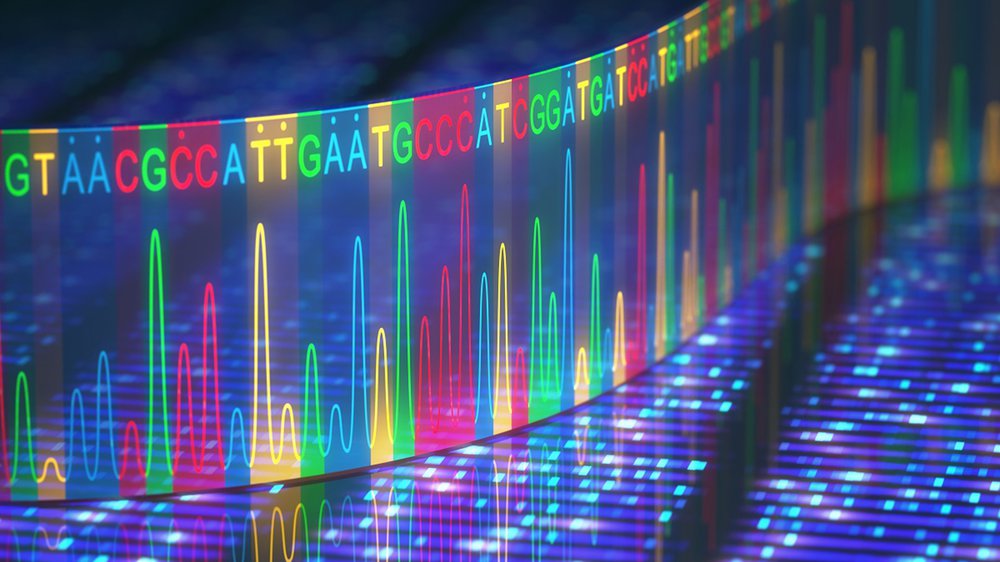
Image credit: Getty Images
GENE EDITING VS HIV:
A team of researchers announced that by using CRISPr alongside a potent HIV suppressant, they have nearly eradicated HIV from cells in mice and have thus prevented it from spreading throughout the body.
This experiment required three different approaches. First they tested cells in a lab just to see if they could, in fact, edit these cells to shut down HIV when not in a living system. Then they infected mice with HIV to see if they could edit the genes in a living system. Lastly the mice were given human cells that contained HIV.
In all three cases, the CRISPr gene editing plan enhanced the ability to reduce the virus' presence and ability to replicate. In fact, in 9 of the 23 mice included in the study, the virus was undetectable as much as 8 weeks after treatment ended.
OLD SHROOMS NEW KNOWLEDGE:
Scientists have recently announced the discovery of fossil remains of some pretty old fungi that's making them look at the world in a whole different way. No, they didn’t eat it, they studied it!
This fungus fossil was discovered in a remote part of the Canadian Arctic and is dated back one billion years! That’s right, a billion years old. Before this, the earliest evidence of fungi dates back about 500 million years, now this discovery pushed it back another 500 million years!
This discovery puts fungi as present on Earth during the mid-Proterozoic era. So, why’s this a big deal? Fungi play a very important role in the natural world. They break down and decompose dead things which in turn creates nutrients needed to facilitate other life, especially plants and trees. The discovery of one billion-year-old fungi means we have to re-approach what we thought that life was like a billion years ago. If fungi were present on Earth a billion years ago, then scientists can better understand if they did or did not facilitate the mechanics which allowed plants to move onto land.
This discovery gives scientists a whole different look at what our landscape could have been like back then. Currently, the timeline of life on Earth puts the Cambrian explosion at 540 million years ago, when vast varieties of life developed on Earth in a relatively short time. This discovery is giving scientists reason to ponder if perhaps life and landscapes were more mature and intricate than we used to think.
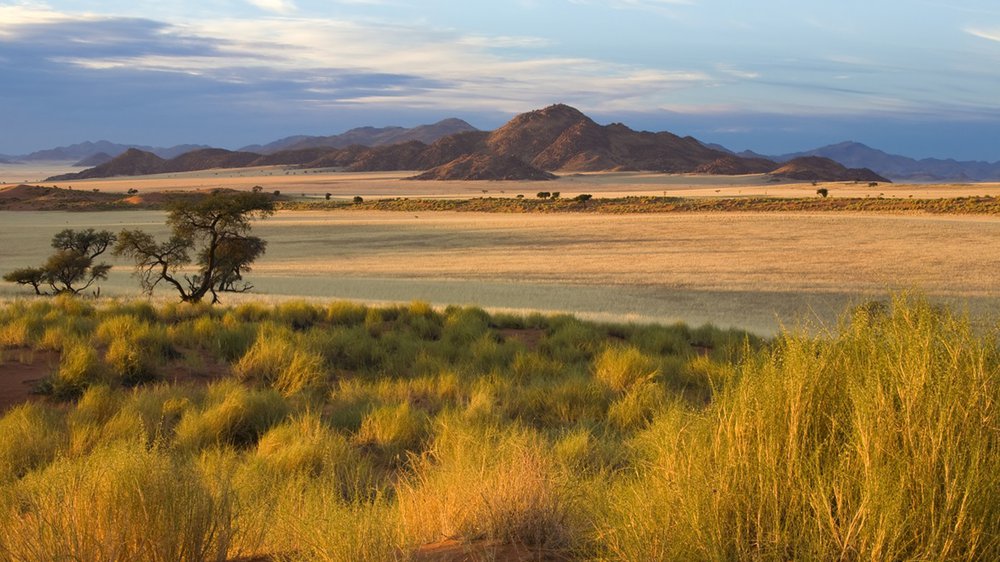
Image credit: Getty Images
HOME:
Everything has to start somewhere, sometime, right? For our human family, one of the oldest questions has been exactly where did we come from? Over the years, we’ve seen research putting the spotlight on discoveries that show us our earliest tools, art, and beyond. But the big question remains - where exactly did humanity come from? Well, lucky for us a team of researchers just announced they have located what could be our species’ ancestral home! Obviously, previous findings over the centuries have narrowed down our origins to Africa, but where exactly?
To find the answers, scientists took samples from members of a few indigenous populations and looked into the region’s genetic and climate history. Mitochondrial DNA was a very important part of this research because it’s passed down from moms to their children. Certain parts of it never change and continue to get passed on through the generations. Other aspects do change over time as we mate and mix and mutate - and our genetic information disperses over time. The never-changing parts make our mitochondrial DNA kind of like a time capsule letting scientists rewind the clock on human genetic history.
These scientists took this indigenous population and looked at their common genetic similarities in mitochondrial DNA, mainly what the oldest common mitochondrial DNA was. Since mitochondrial information allows scientists to peer back in time, they were able to see that this region’s genetic similarities trace back 200,000 years. Also, after studying over 1,200 blood samples from contemporary indigenous South African residents, researchers were able to pinpoint our genetic lineage to one specific sub-region.
This study pointed them to an area near Botswana, south of the Zambezi River. Using climate models and existing geologic evidence, the scientists were able to conclude that this region once hosted a vast lake and lush vegetation that sustained our earliest ancestors for 70,000 years! This oasis was surrounded by harsh desert until about 130,000 years ago when the Earth’s natural tilt, wobble, and varying shape of orbit turned much of that harsh desert into lush corridors, giving our earliest ancestors an opportunity to go wander, our first time truly leaving home.
All this in addition to using AI to translate bat communications, learning about why left handedness happens, how drummers brains are different from other humans, and many, many more big scientific breakthroughs. For nearly 250,000 years our human family has existed on Earth and used knowledge and cooperation to get us to where we are today. Discovery, curiosity, and necessity have been driving factors in our growing knowledge base and we expect 2020 to be the same.
From all of us to all of you, happy new year. Stay tuned for another year’s worth of science!

